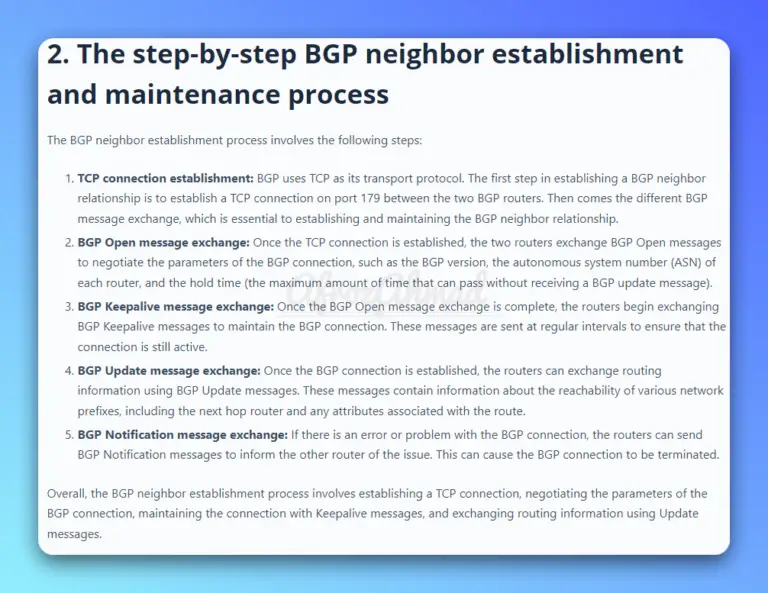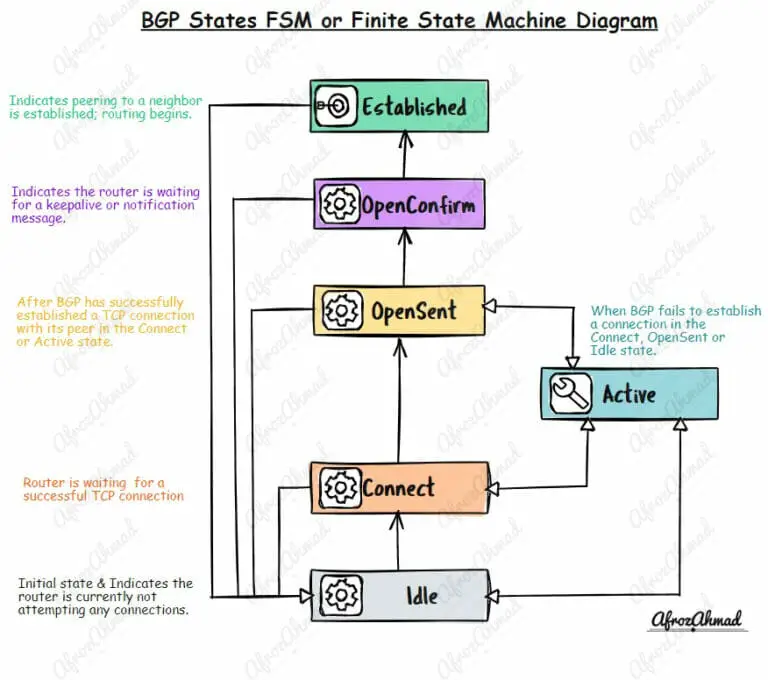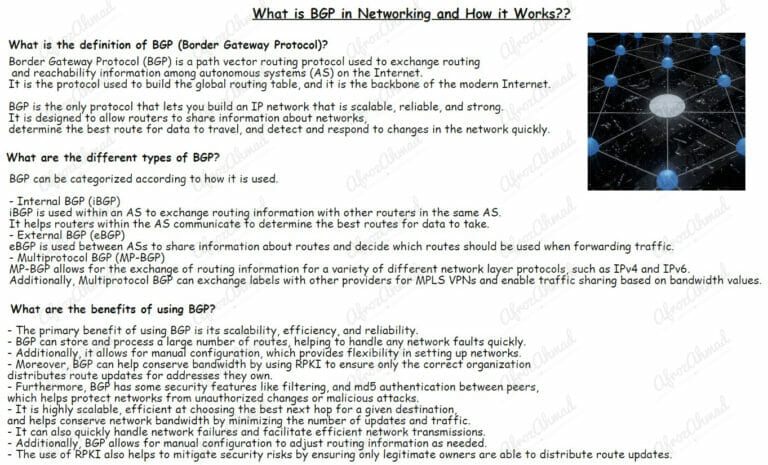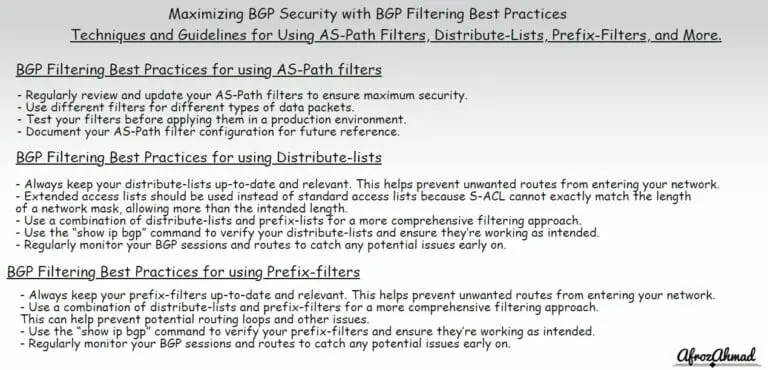BGP Neighbor Establishment Process Explained

This blog post will explain the BGP Neighborship establishment process.

This blog post will explain the BGP Neighborship establishment process.

The goal of this article is to give you a full understanding of the six BGP states of a BGP session, which are idle, connect, active, OpenSent, OpenConfirm, and established, as well as how BGP moves between them.

In this guide, you'll learn what is BGP in Networking, how it works, and some of its key features, benefits, challenges, and ways to learn BGP concepts faster.
The backbone of inter-Autonomous System (AS) communication on the internet relies heavily on External Border Gateway Protocol (eBGP). As networks evolve, so do the best practices and methods for configuring, securing, and automating eBGP peering. This updated guide dives into…
The landscape of Border Gateway Protocol (BGP) reachability and robust network design has evolved considerably since this post was first published. While the fundamental principles remain, modern networks demand heightened attention to scalability, security, and observability. Let’s revisit a classic…

BGP Filtering Best Practices: Techniques and Guidelines for Using AS-Path Filters, Distribute-Lists, Prefix-Filters, and More.
Originally published back in 2011, this post introduced the essential concept of originating a default route in BGP. While the fundamental principles of BGP default route advertisement remain true, the landscape of network engineering, especially concerning automation, security, and advanced…